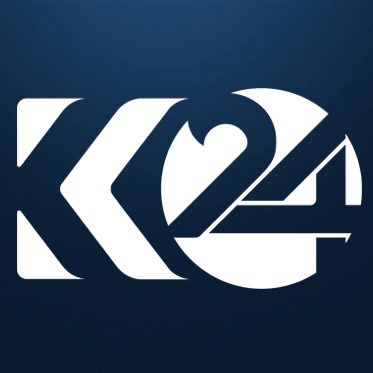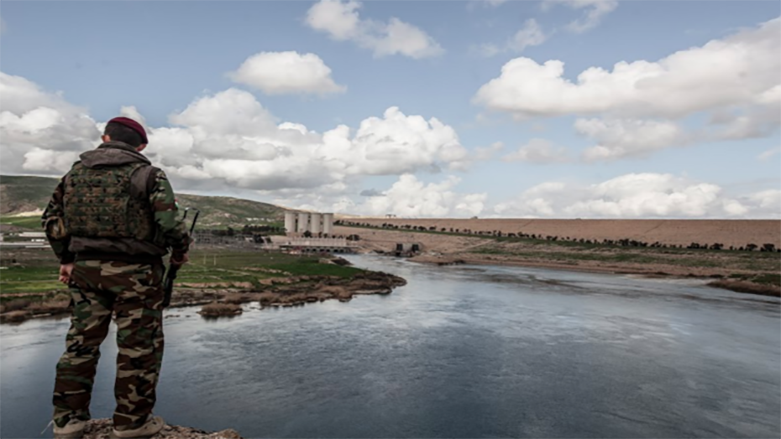Iraq, US issue warning over Mosul dam
.jpg)
ERBIL, Kurdistan Region (K24) – The US Embassy in Baghdad issued a security message to US citizens living in Iraq over the possibility of the Mosul dam collapsing.
The Embassy added that it is impossible to predict the odds of the dam failing, but contingency plans have been made to relocate its personnel in such an event.
The US Embassy states that no information indicates when the Mosul dam will collapse, but it emphasizes that “prompt evacuation" is necessary to save the lives of people who are at risk of getting caught in the flood path.
Previously, several US officials warned that a collapse of the 3.6 km-long (2.2 miles) hydroelectric dam, located near Islamic State-held Mosul in the country's north, would be catastrophic.

In early February, Iraq's Minister of Water Resources, Muhsin al-Shammari, played down the warnings that the Mosul dam will collapse, estimating only a "one in a thousand" chance of failure. He explained that a possible solution was to build a new dam or install a deep concrete support wall.
On Monday, the Iraqi Prime Minister Office (PMO) released a statement concerning the possibility of the Mosul dam collapse which included instructions on how to avoid the risk along with an emergency plan in case the breach occurs.
According to the PMO statement, the chances of the Mosul Dam collapsing are weak. Nonetheless, it warns the residents of Mosul, Tikrit, Samarra, Baghdad and the territories adjacent to Tigris River to stay five to seven kilometers away and to move to higher areas.
If the dam failure occurs, and the flood is 15 meters high, it will take one to two days to reach the city of Tikrit and three to four days to reach Baghdad.
Mosul Dam is the largest dam in Iraq and the fourth largest dam in the Middle East, located on the Tigris River in the western Nineveh Province. The construction of the dam began in 1980 by a German and Italian consortium and was completed in 1986.
Reporting by Baxtiyar Goran
Editing by Ava Homa and Karzan Sulaivany



